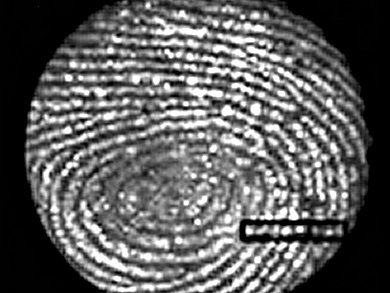Latent fingerprints (LFPs) are important forensic evidence, which, as the name suggests, are usually not clear enough to identify. Traditional methods to reveal LFP, including powder dusting, metal deposition, fuming, and staining, are time-consuming and hazardous.
As one of the most recent alternative approaches for LFP visualization, Jianmin Wu and colleagues, Zhejiang University, Hangzhou, China, developed an image-contrast technique based on the dynamic electrochemiluminescence (ECL) process of porous silicon. The researchers were able to visualize LFPs in high quality by taking advantage of the quenching or enhancing effect of adsorbed chemicals from dermal secretion.
This new strategy only requires low-cost and non-toxic porous silicon, significantly simplifying the process to reveal LFP. In the meanwhile, it also enables the simultaneous in situ detection of chemicals such as TNT, a feature that is impossible with other approaches.
- Image-Contrast Technology Based on the Electrochemiluminescence of Porous Silicon and Its Application in Fingerprint Visualization,
Jie Tan, Linru Xu, Tong Li, Bin Su, Jianmin Wu,
Angew. Chem. Int. Ed. 2014.
DOI: 10.1002/anie.201404948




